UV ink in pad printing
Now you can use UV ink in pad printing.
Since UV ink does not contain solvent, the above image has not worked well and cleaning the remained ink on silicone pad is needed in every few shots.It is extremely difficult to scrape excess UV ink on the plate, and thin film of ink would form in the non-image area.We, Tokushu Abe Seihanjo, solve this problem.
Pad printing method has been considered difficult to use UV ink as below reasons.
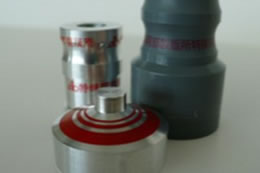
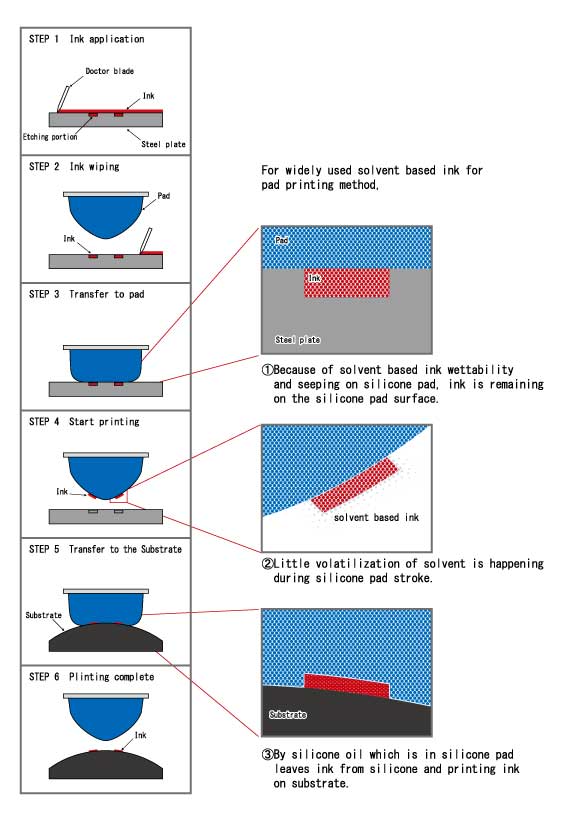
Advantage and Disadvantage of using UV ink
There are many advantages for using UV ink besides solvent-based ink which widely used in pad printing.
Benefits of UV printing
1.After UV ink hardens, it has higher film strength that solvent-based ink.
2.Many types of UV inks are environmentally friendly because they produce relatively small amounts of VOC.
3.Because UV irradiators require little time compared to heat drying devices, they require a relatively small amount of electricity thereby reduce CO2 emission. LED-UV irradiators can be more effective reducing it even more.
4.Since ink hardens quicker, productivity increase. Also, it reduces the risk of dust in ink while hardening and drying.
5.UV ink is applicable for low heat resistance materials, because it does not need heat for hardening process.
6.Narrow installation area and conserve space.
7.Less amount of disposed ink and usage.
8.No need to check ink condition and add solvent during printing process.
Demerit
1.UV irradiator is required.
2.Strict calculation for curing conditions such as type, color and film thickness of ink are required.
3.UV inks may be narrower range of correspond substrate materials than solvent-based ink.
Our perfect solution to enable the use of UV ink
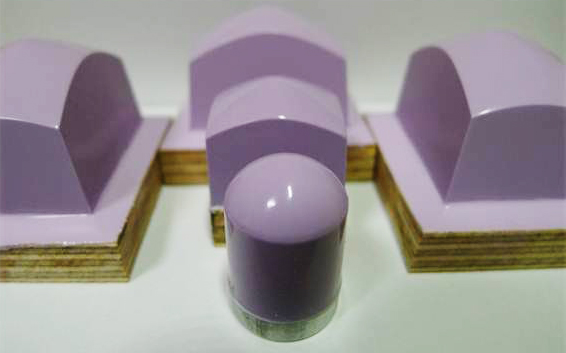
- A heating unit should be installed in the printer to stabilize the ink viscosity.
- Doctor blade should be selected to perfect scrape of UV ink. (※Cure condition of UV ink must be determined by users.)
Test condition
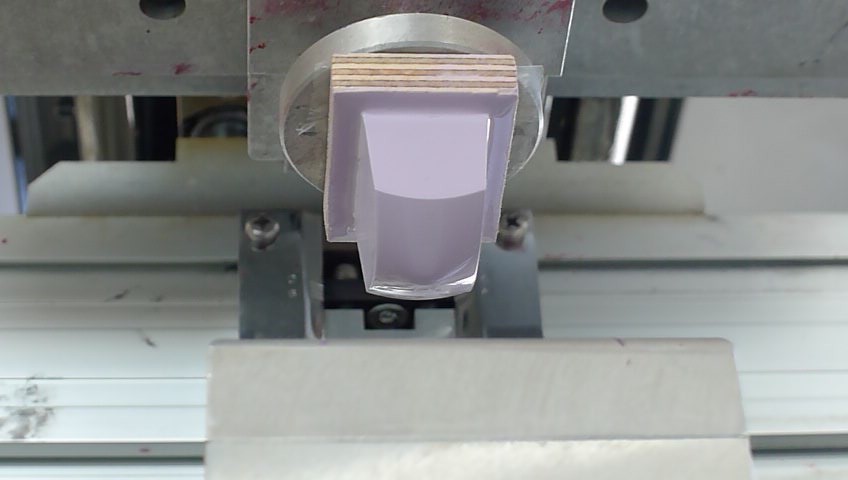
Product used
– Our newly developed silicone pad
Ink used
- Teikoku Ink PAL・POP
- T&K TOKA UV
- Toyo ink FDSS
Result
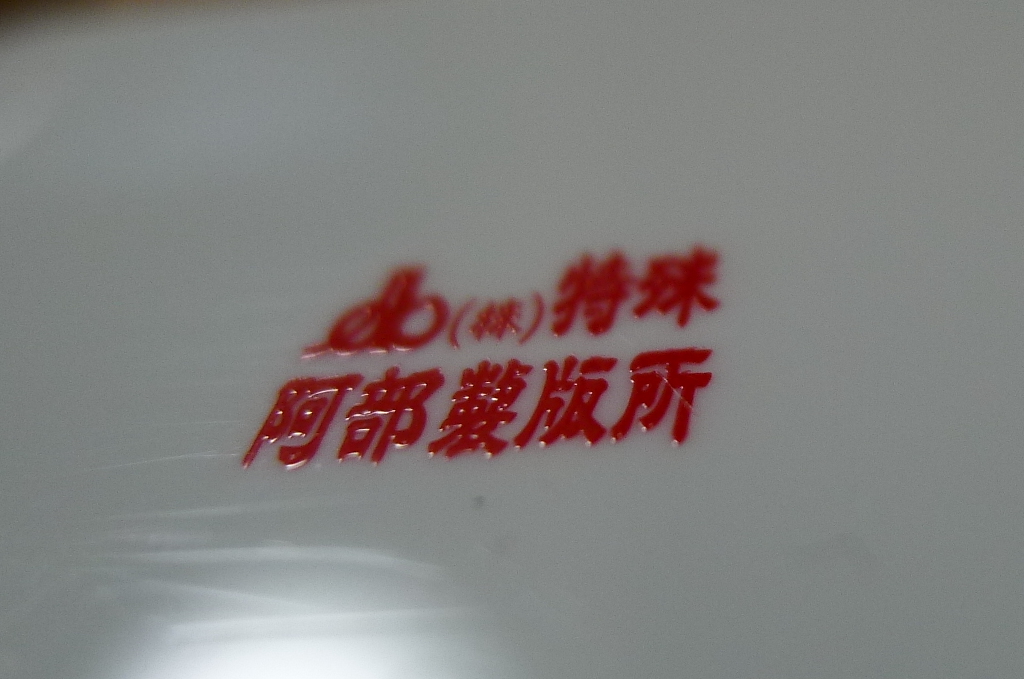
Complete copies where successfully printed for almost all inks and no ink remained on the pad surface.
When the plate depth was 20μm, the ink film thickness was 10 ~ 12μm.
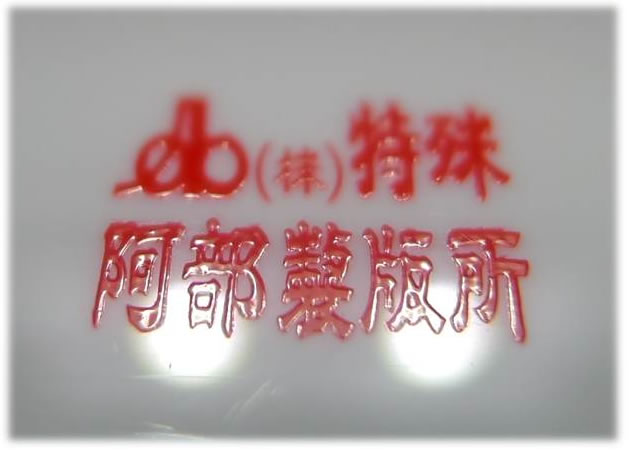
It formed two to three times the thickness of ink film compared to existing solvent inks. When printed twice, it thickens the film even more.
(Reference: The ink thickness of solvent ink is generally 2 ~ 4μm.)

